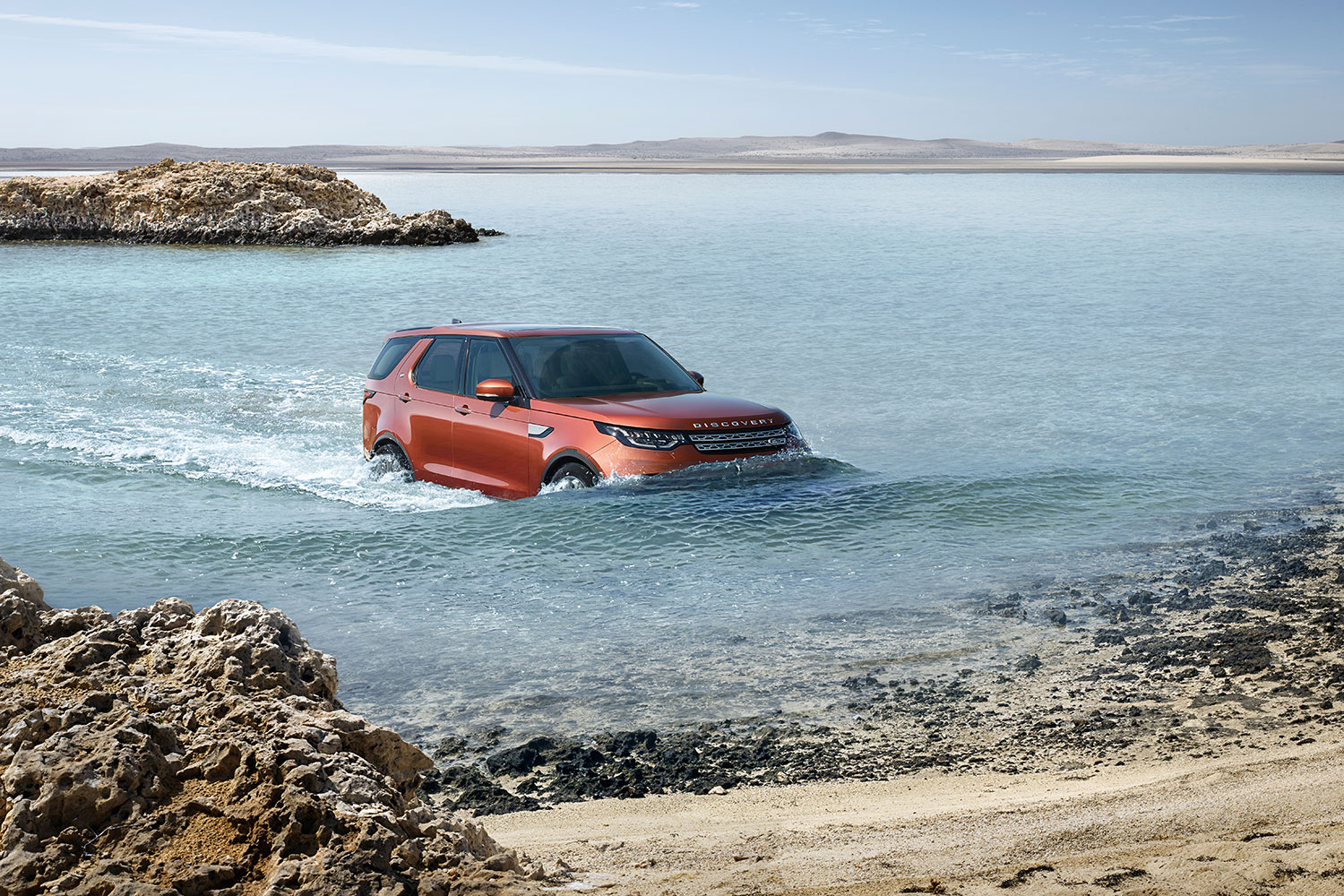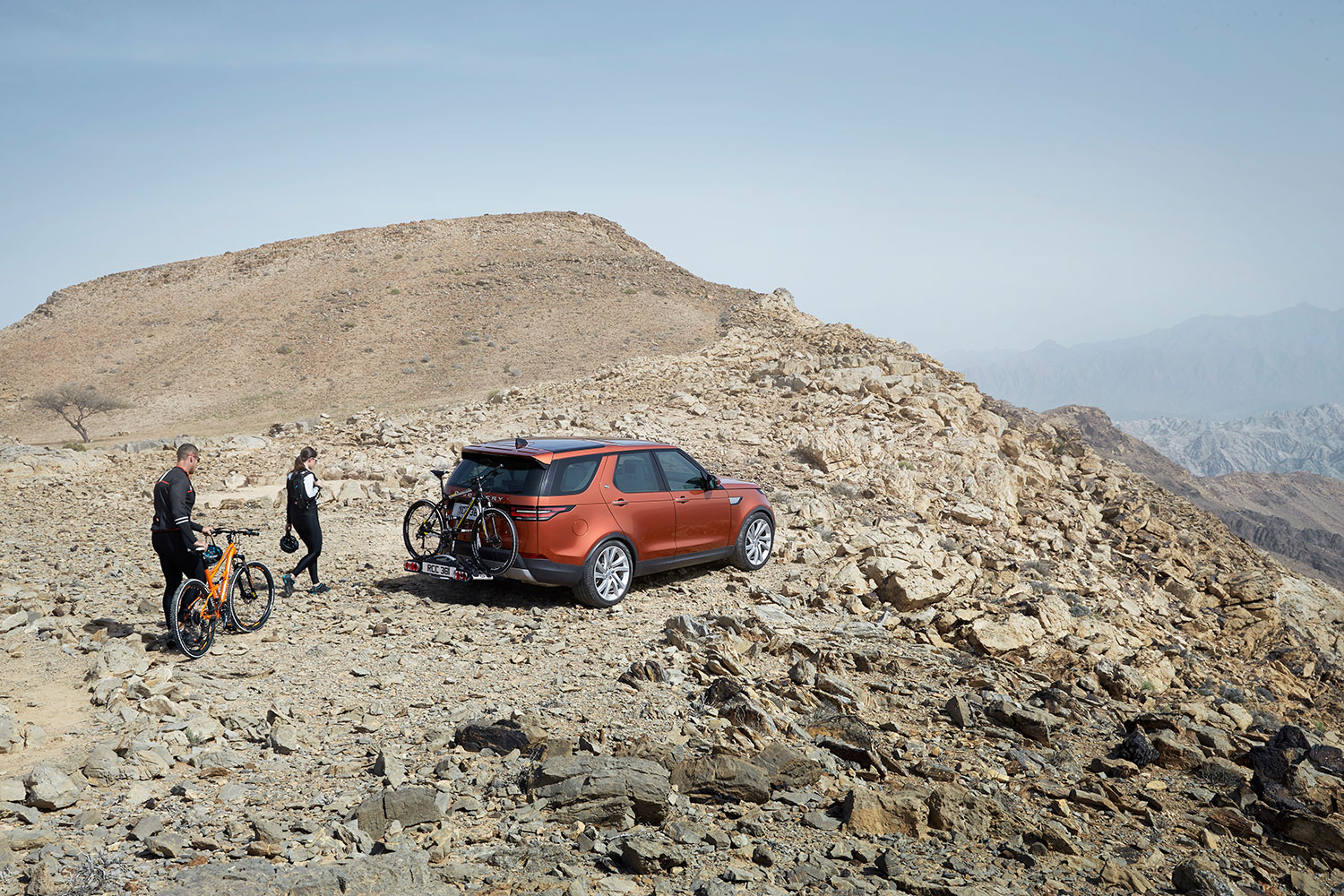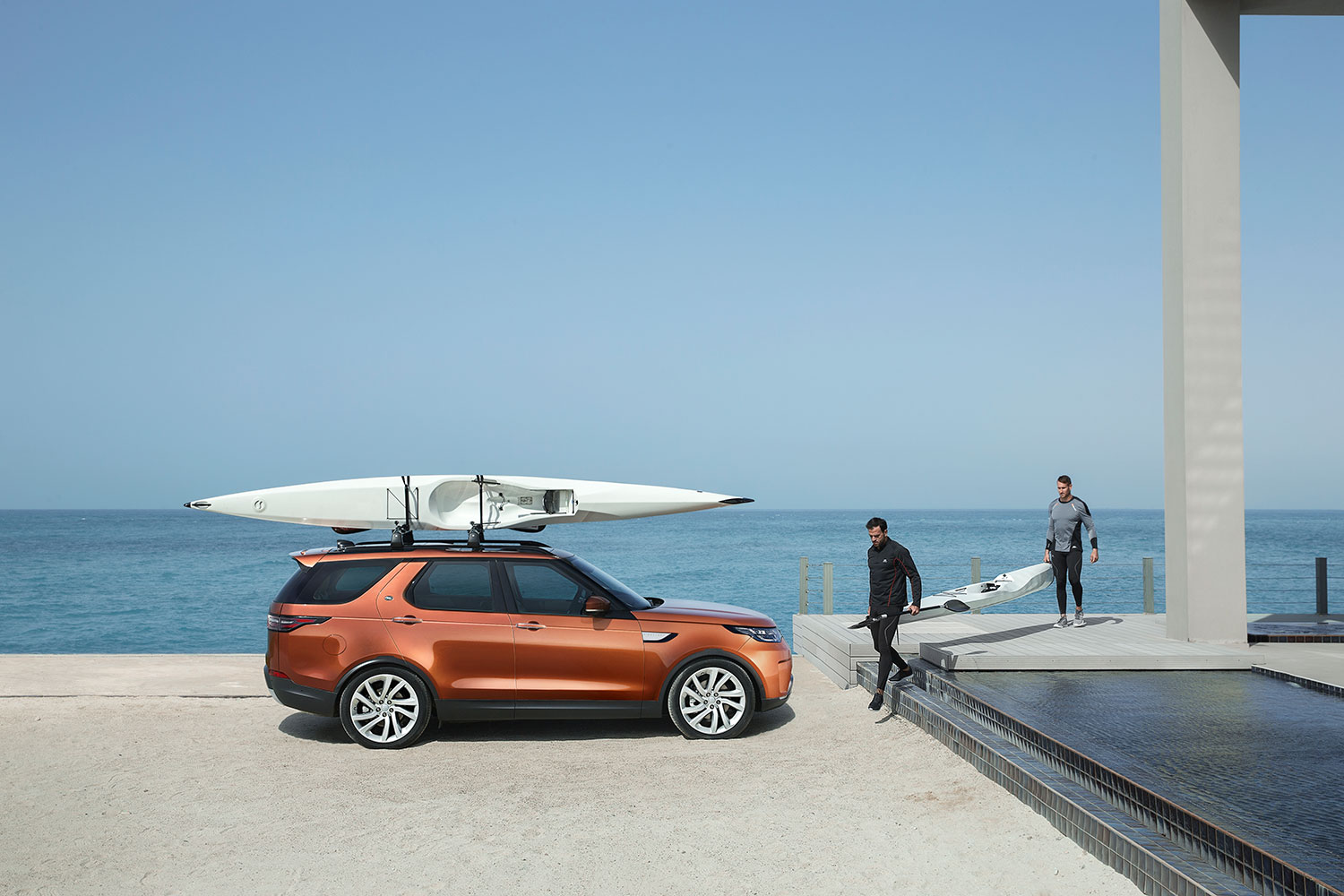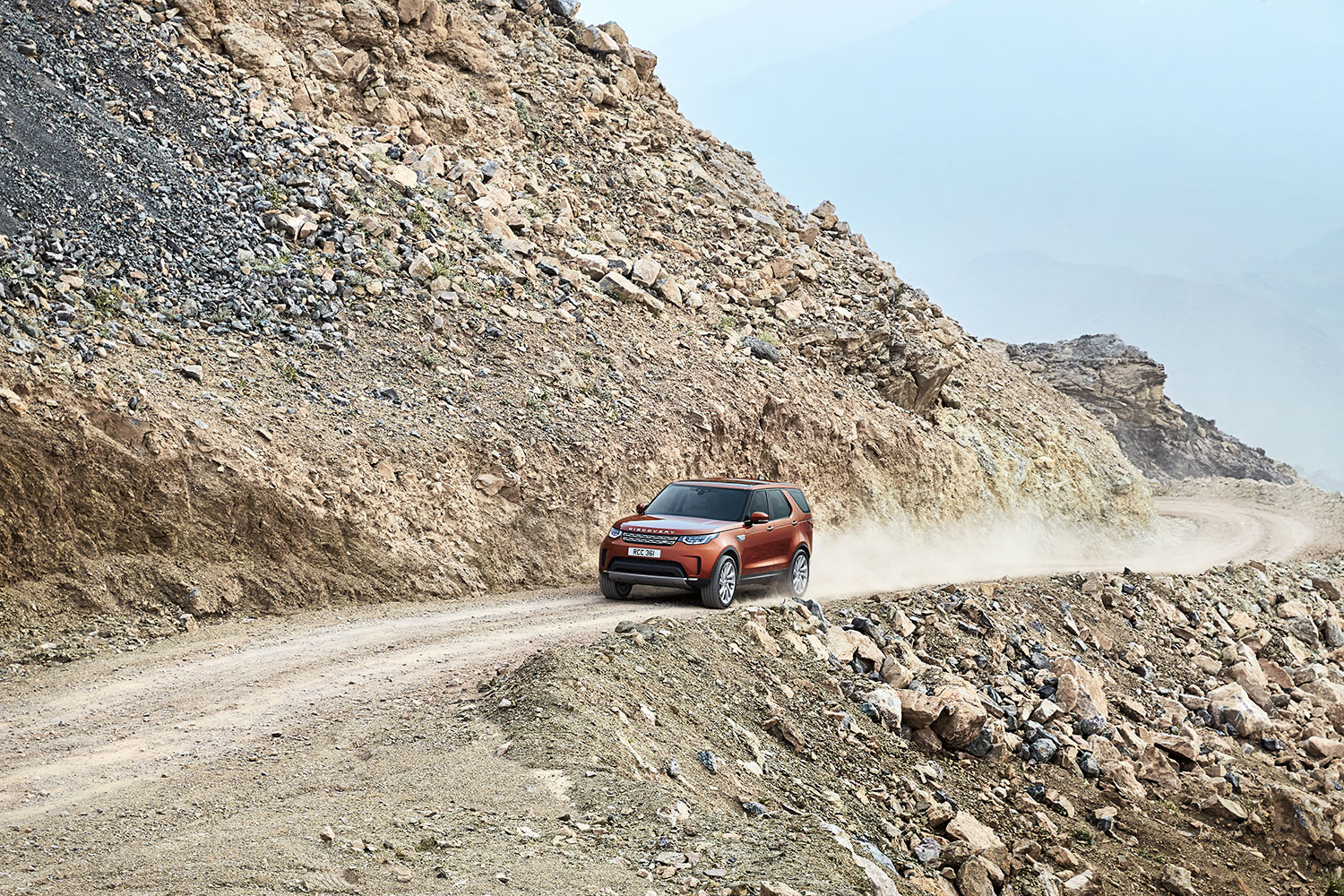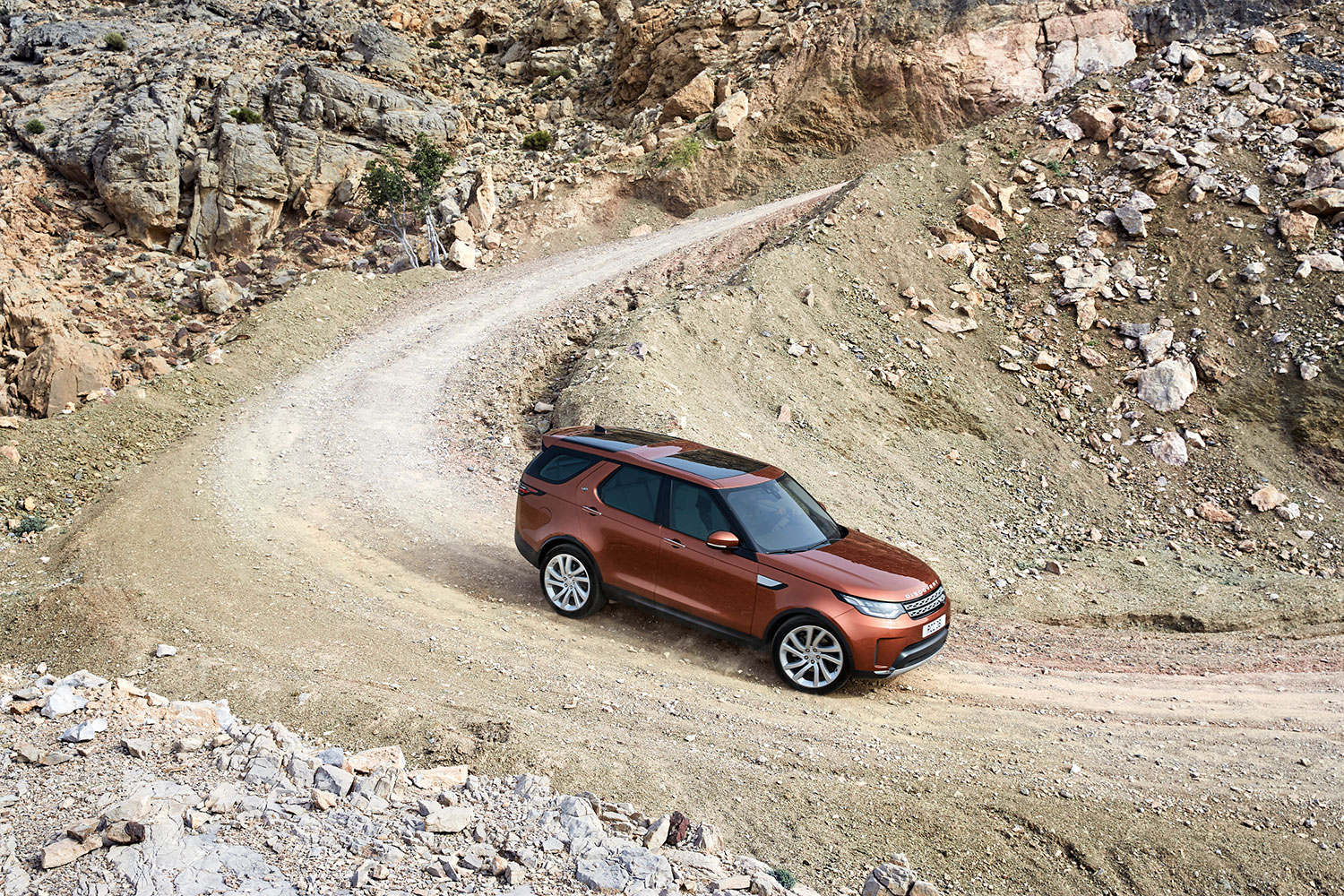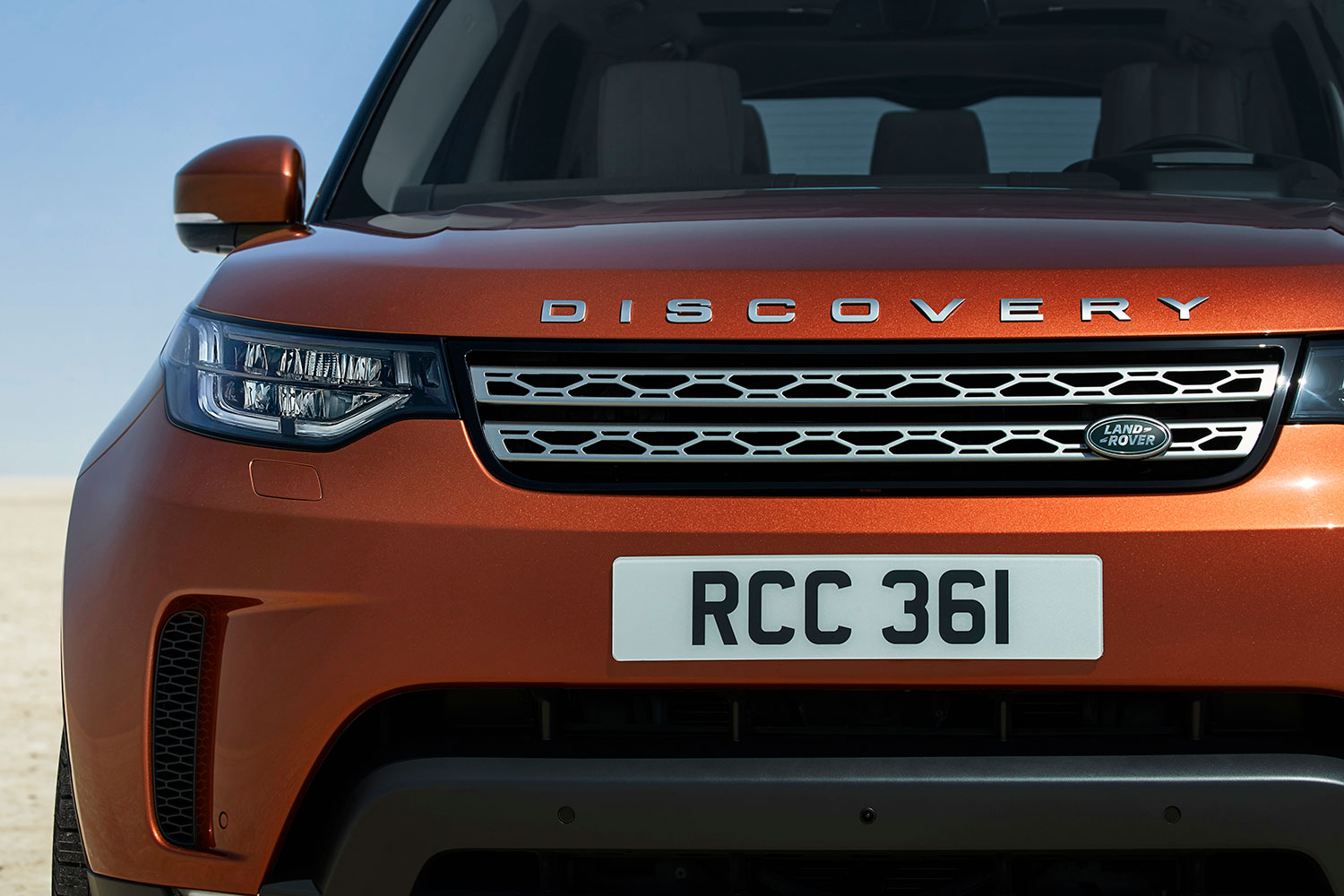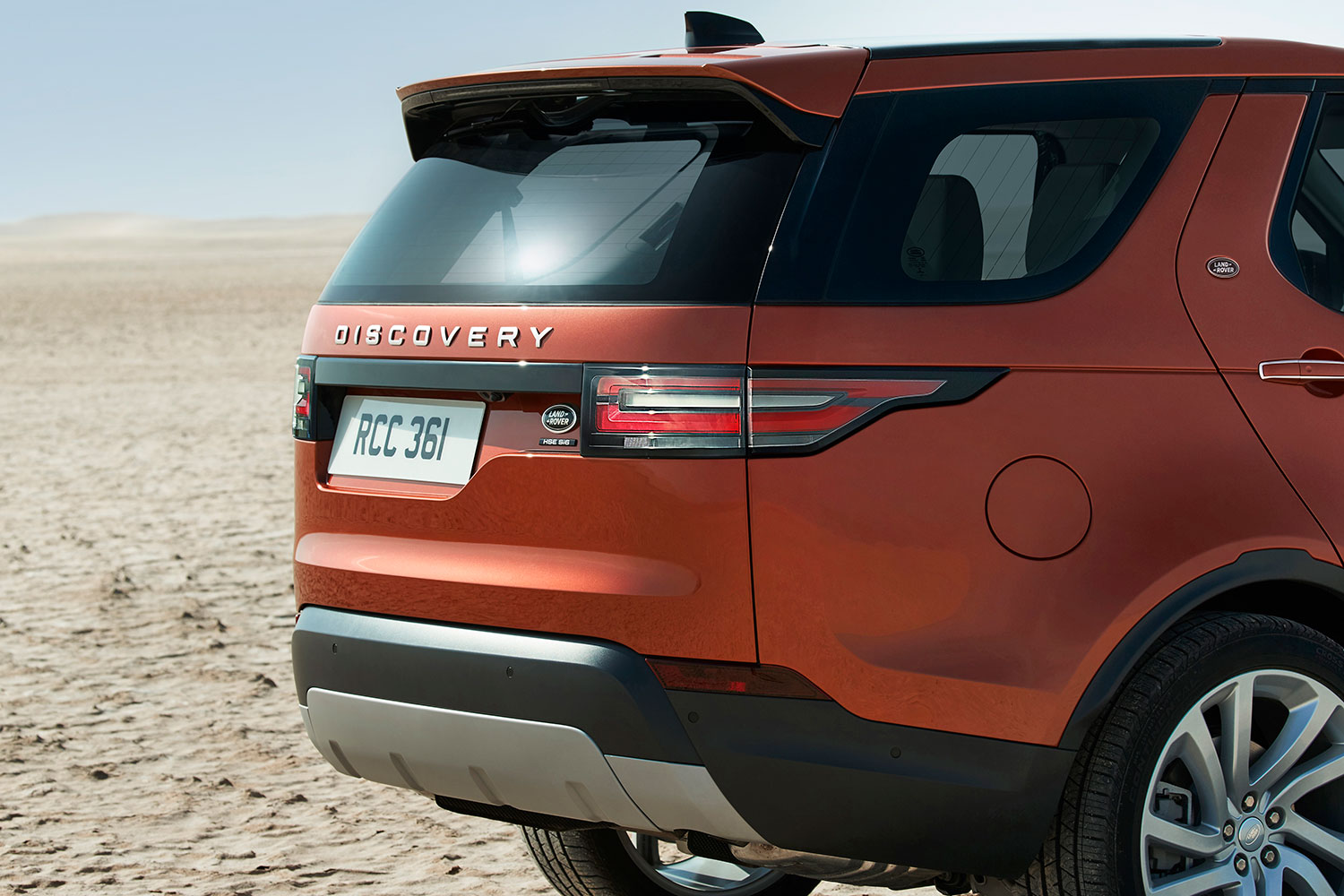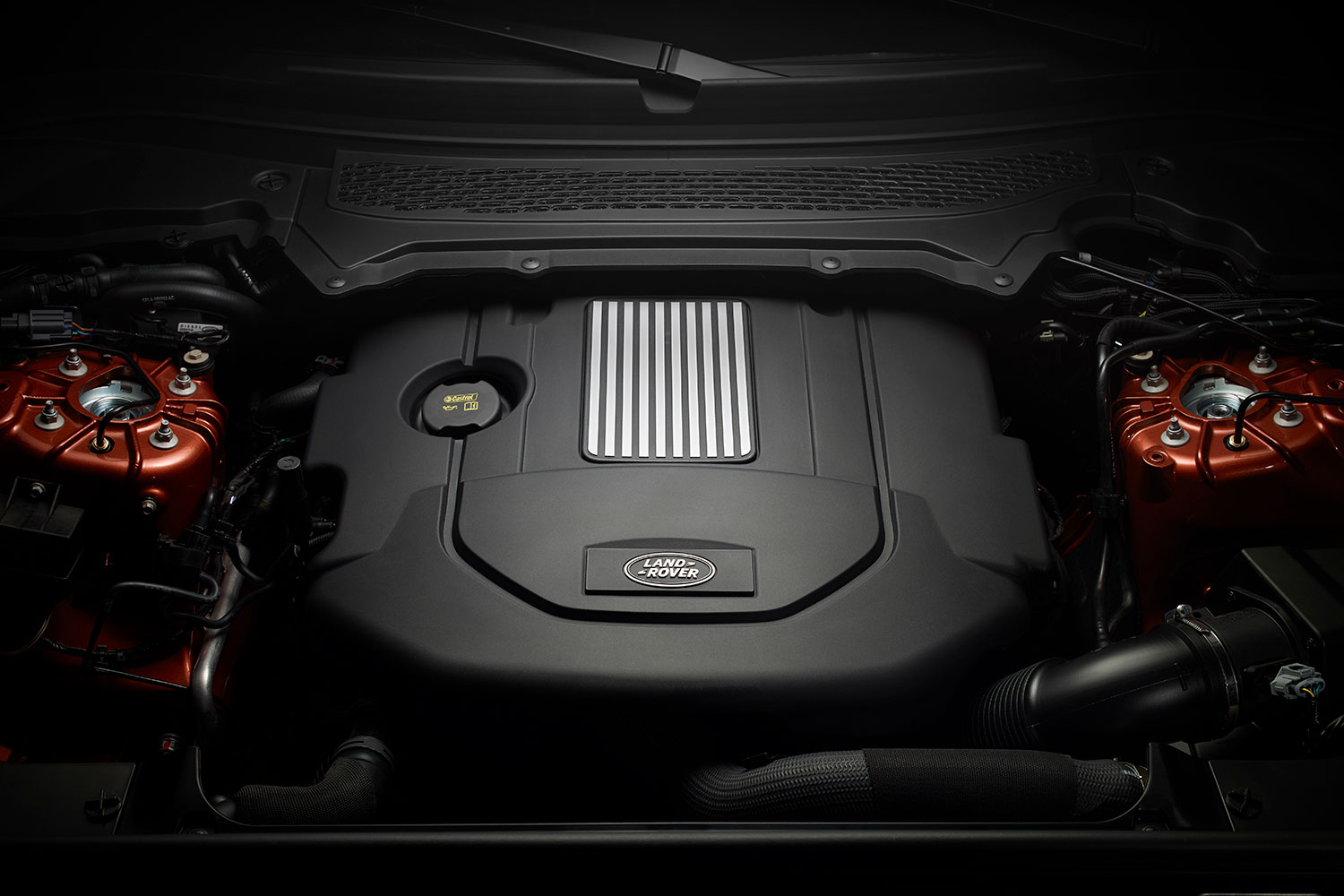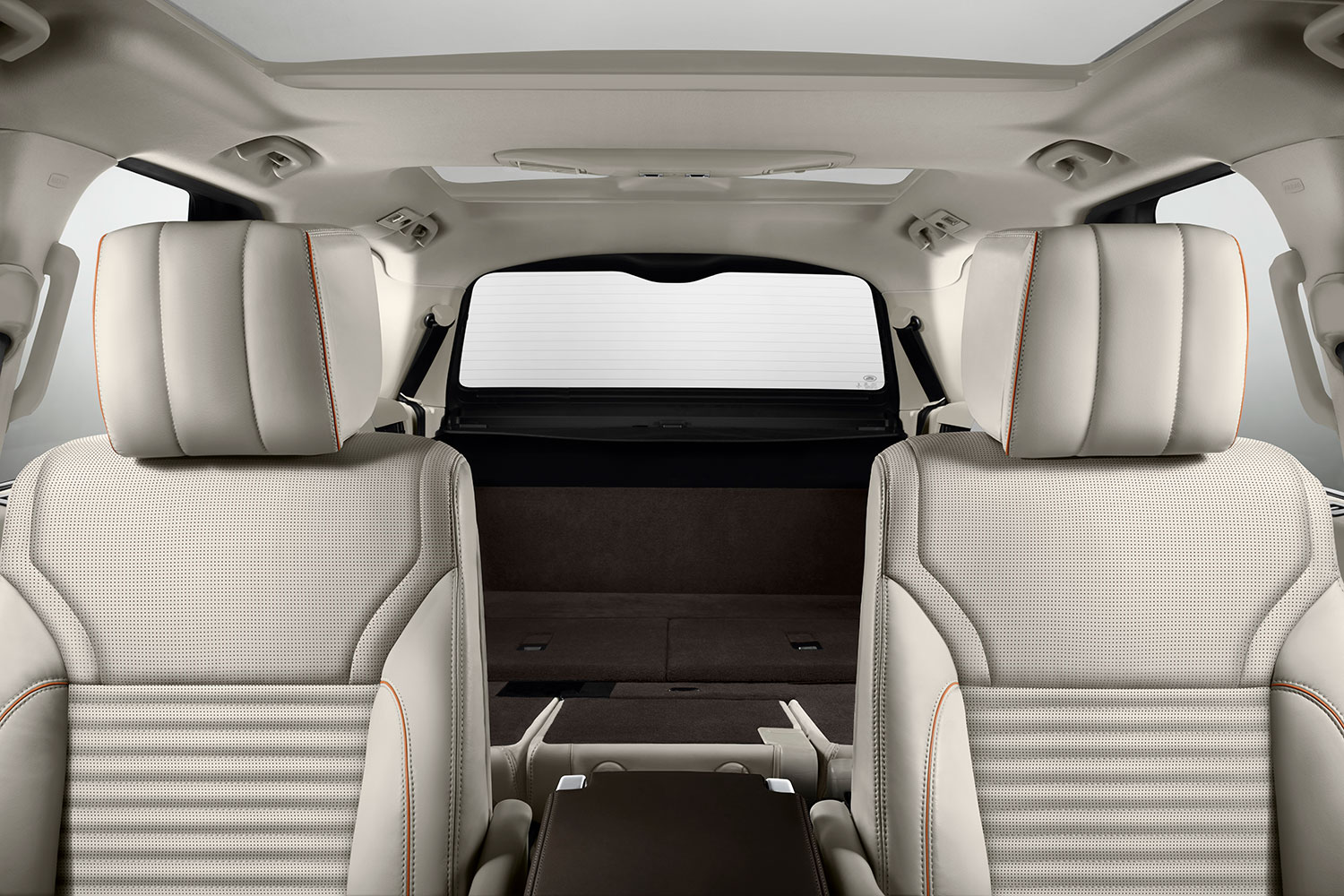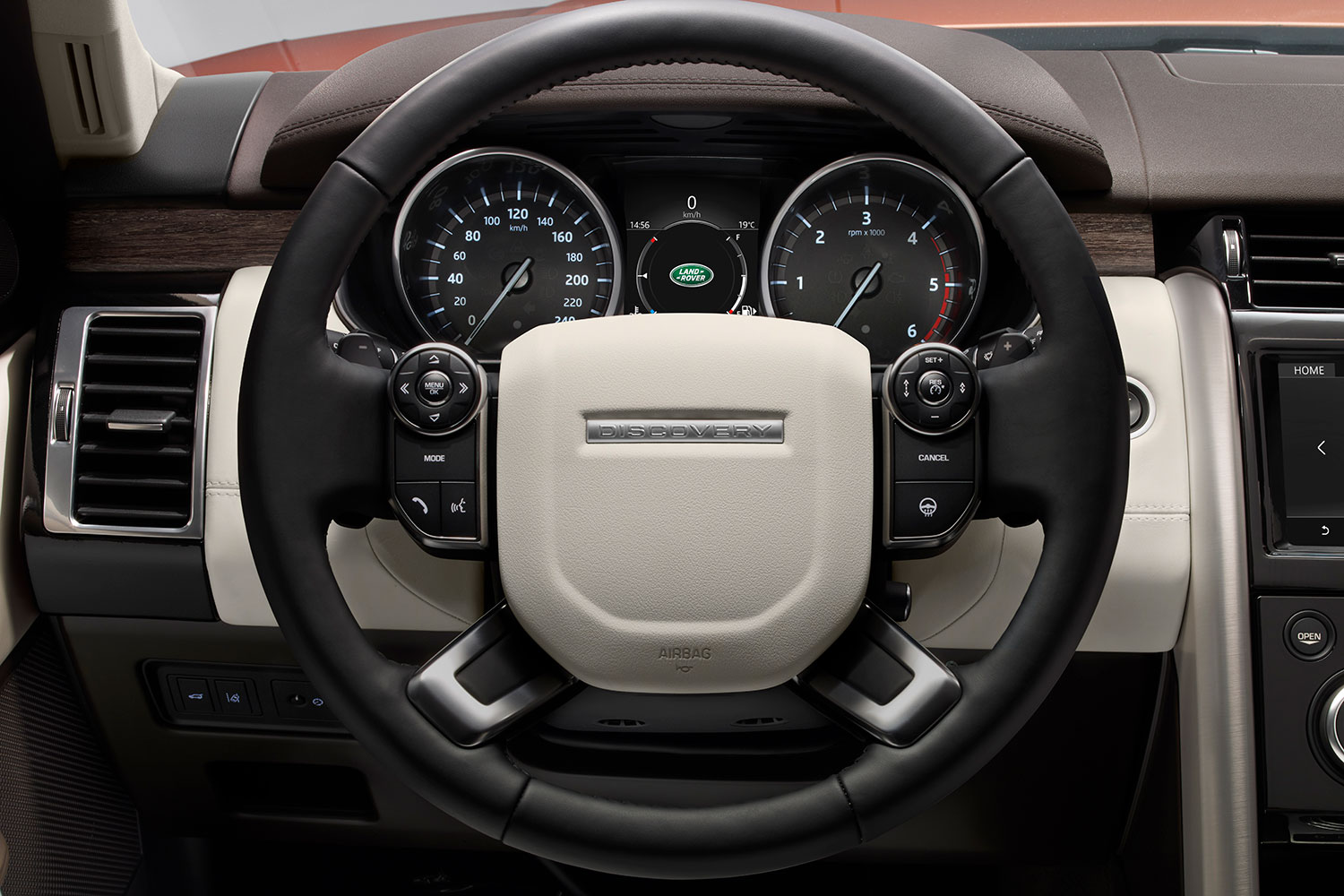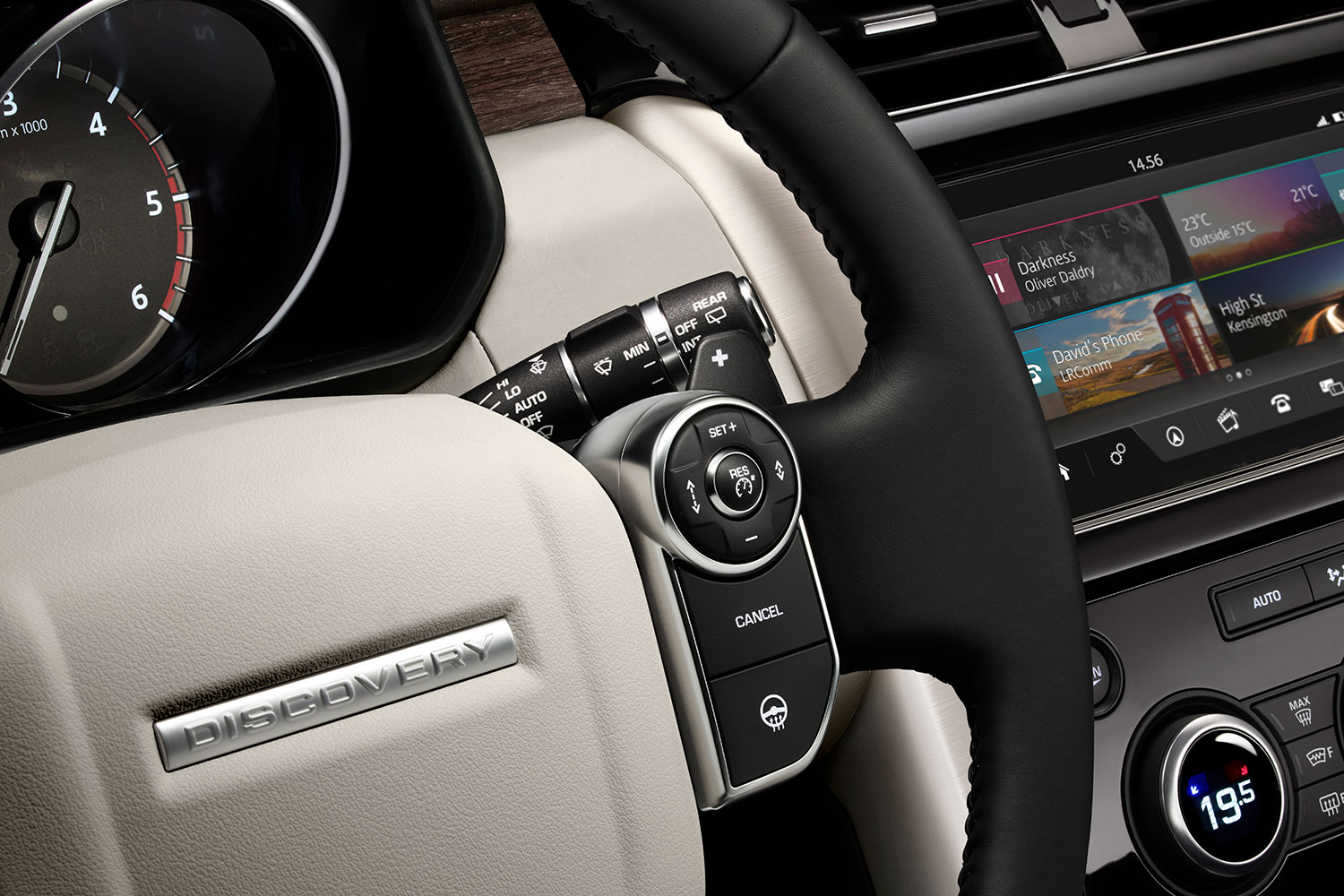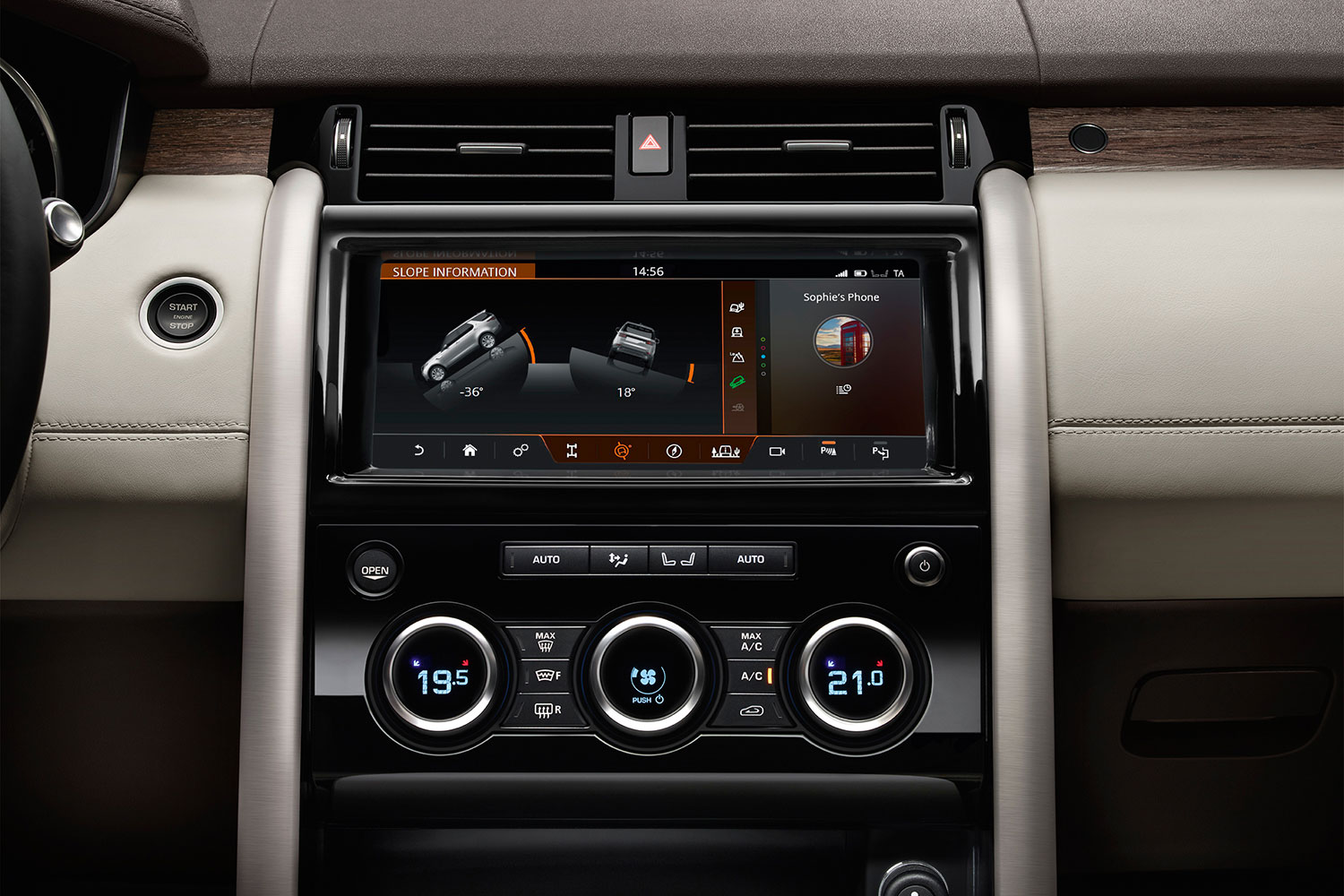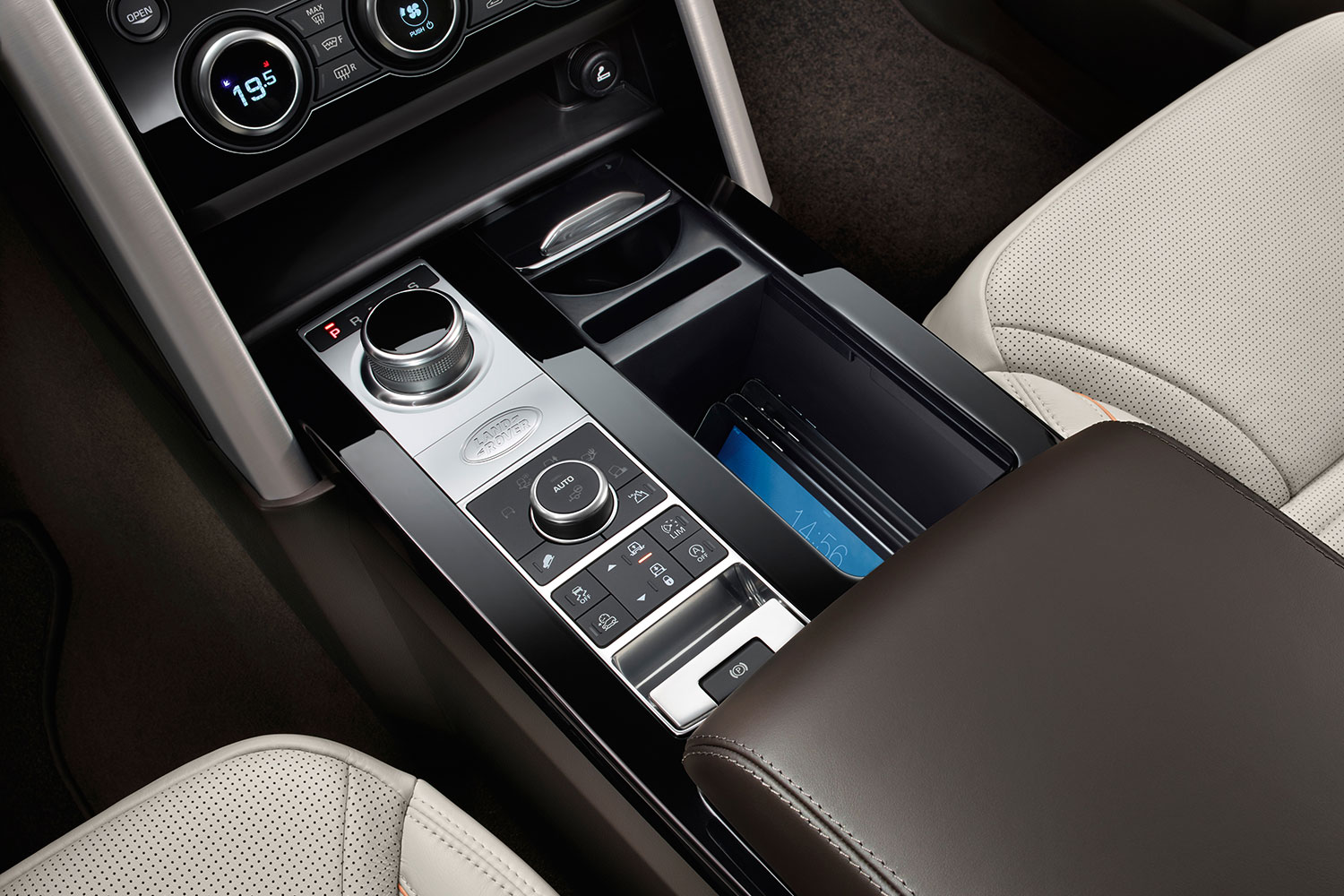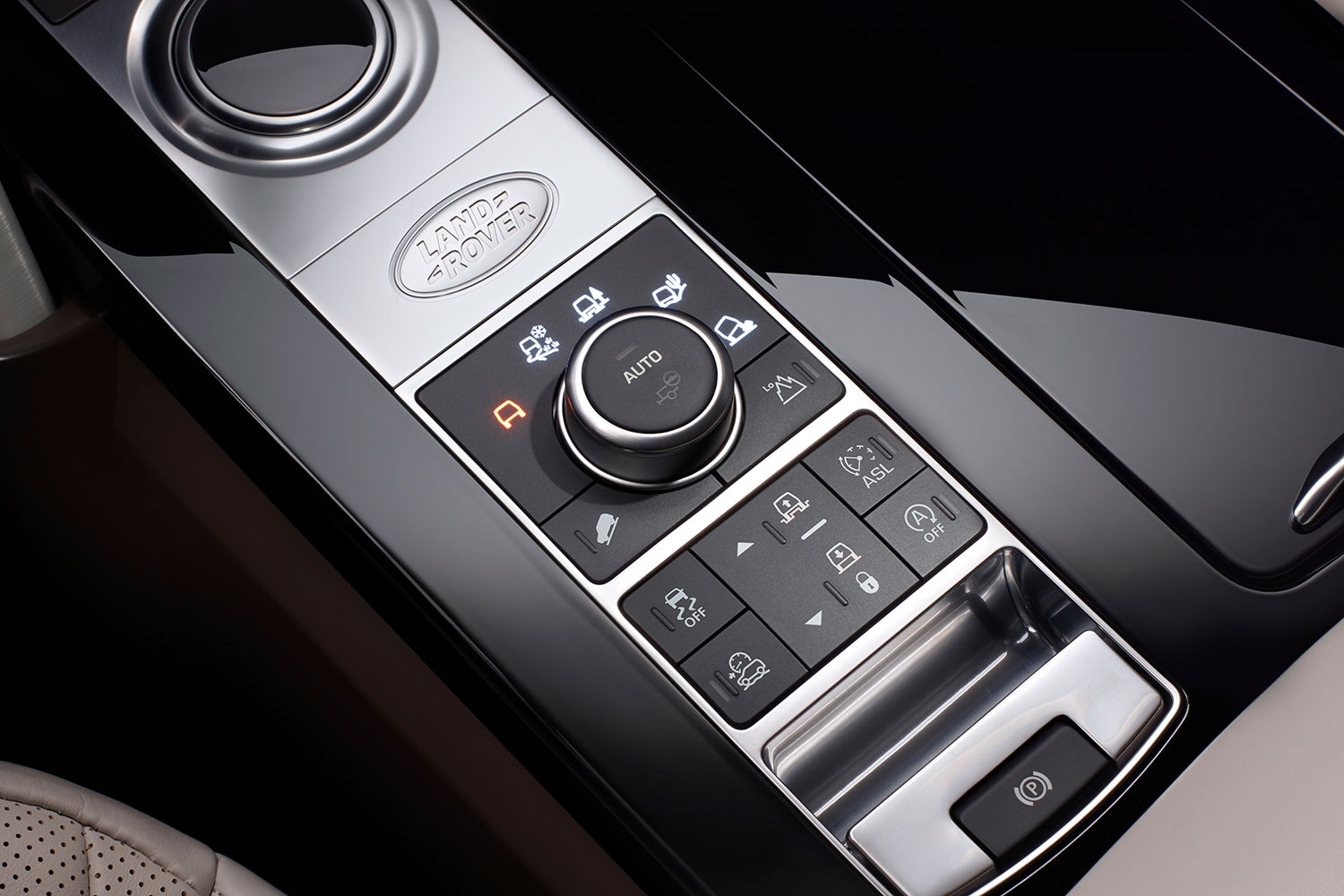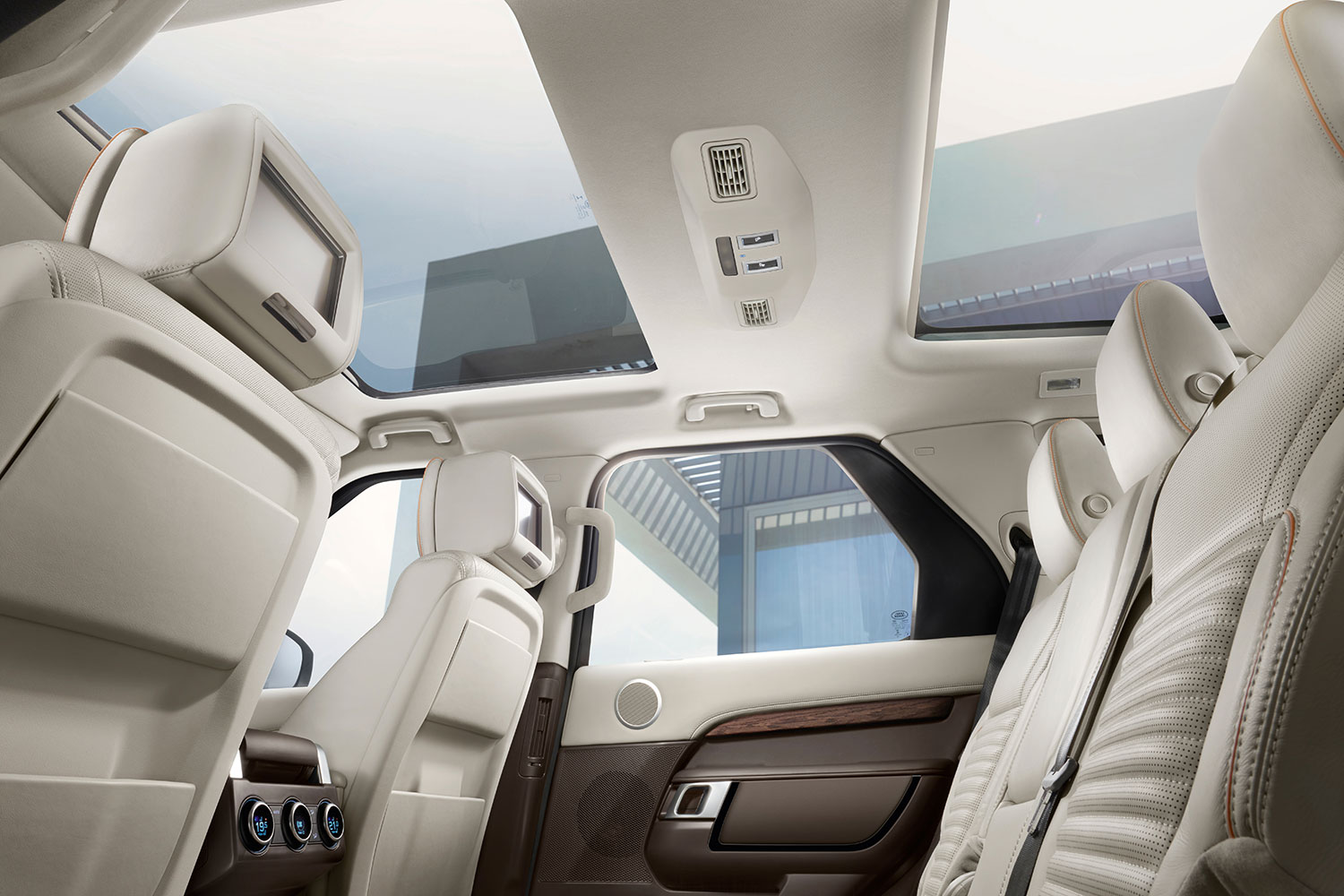Land Rover’s brand new 2018 Discovery is undeniably one of the most important cars introduced during this year’s Paris Auto Show.
Boldly entering its fifth generation, the new Discovery SUV is a completely re-invented model. It’s sleeker, lighter, more high-tech, and more capable on- and off-road than the model it replaces.
We sat down with Alex Heslop, the Discovery’s chief engineer, on the sidelines of the Paris show to find out why bringing the Discovery into the 21st century was so important for the British brand.
Digital Trends: The Discovery has kept roughly the same shape for over 25 years. Why did Land Rover suddenly decide the new model must be a revolution instead of an evolution?
Alex Heslop: We’re trying to show here that we are keeping some of the key design graphics, but actually we’ve got something that’s designed for the 21st century. I refer to it as the digital Discovery. We’ve re-imagined what it needs to be. We’ve got to accept that we have to make aerodynamic cars but we still have to stay true to what each model stands for. One of the things the Discovery stands for is being a seven-seater people carrier, and I think we’ve done that in a really modern way.
For example, in the back we’ve gone from the vertical lights to the horizontal lights, and we’ve lifted the base up a little bit. I think it looks great, though I am slightly biased. But seriously, I’m really pleased with how the car has come together.
We managed to obtain a 0.33 drag coefficient, yet it can still carry seven people. I can sit in all three rows. From the very beginning the Discovery has always had a bump in the roof line and stadium seating. We’ve moved the bump back to reduce drag, but we’ve retained it so we can improve headroom. We’ve made it aluminum and suddenly we’re getting pretty good fuel economy. I’m pretty pleased with that.
Did the request for a completely new design come from customers, company executives, or both?
Current Discovery owners love their car. If you buy one it’s because you love it. Yet we found that for many shoppers it’s not even a consideration because it’s just too out-there. The market is growing, so we wanted the new model to appeal to a wider audience.
Some people look at it and ask “it’s gone a bit soft, hasn’t it?” Why have you done that?” I say “it’s got a Land Rover badge on it.”
It’s more capable than the outgoing car. It can wade deeper, it’s got more ground clearance, it’s got more technology to help you drive off-road, and it’s got more towing capacity. It tows the legal maximum in every market in the world. In the U.S. that’s 8,000 pounds, which is really good.
Tell us a little bit about how you designed the interior.
When we started the project, we did research in New York, Los Angeles, in Brazil, in the U.K., in Italy, in Shanghai, and in Moscow. In the U.K. we asked current Discovery owners to tell us about how they used their car. One question we asked was “do you use your third row seat?” Most people said yes. Then we asked “can you show us what you do?”
We’ve got to accept that we have to make aerodynamic cars but we still have to stay true to what each model stands for.
It turns out most people just folded the seat back down, and had their kids climb up and across to get into the third row. So we asked why they didn’t simply tumble the second-row seat, and they replied “well, I didn’t know they did that!” It wasn’t just one family; it was quite a number of them.
And you think “crikey, it surely is obvious!” To engineers it is, but to other people it isn’t. That’s one of the reasons why we designed a more user-friendly and intuitive seat system. Also, we found out people didn’t know you could get a completely flat load floor.
So was born the intelligent seat fold system. It’s completely bespoke to Land Rover. It uses 23,000 lines of code that we wrote in-house; it uses position sensors, and mass sensors in each of the seven seats to see which ones are occupied. It’s also got a built-in trap algorithm, so if one of the seats starts to fold and it senses that it’s trapping something it’ll automatically go back to its original position. The neat thing is you can control all of the seats with one-touch buttons in the trunk. Press the buttons, and 14 seconds later you’ve got a completely flat load floor.
You can also re-configure the seats using the ten-inch touch screen, and you can fold down the headrests individually. That’s quite useful when you’ve just been carrying seven people and you want to reverse. Yes, you’ve got a nice big screen to look at, but there are buyers who still look back. When you’ve got five headrests up they’re in the way, aren’t they? You can go into the touch screen menu and fold them down. The next time someone wants to use them you can flick them up.
We do have a mechanical version as well. It all folds flat, but you have to use your muscles instead of just your finger muscles.
Overall we wanted to make the interior practical and really usable but also tidy. You’ve heard the saying “if you’ve got a tidy desk you’ve got a tidy mind.” It’s the same in a car, isn’t it? You don’t want to get in a car and find there’s stuff everywhere, wires and phones going everywhere, and all the cup-holders being used as storage bins. For example, on the front seat back we put two map pockets to enable kids in row two to hang an iPad. They’re looking forward rather than looking down, so they won’t get tech neck.
That said, one of the biggest challenges we encountered was spinning it off the Range Rover platform. It’s an architecture that was designed for five seats, or a five-plus-two layout, but not to hold seven full-size seats. We took advantage of the hump on the roof, and we even managed to fit a full-size spare under the floor. Many competitors offer a full-size spare or seven seats, but not both; for Land Rover customers you have to have a full-size spare.
Why was it important to reach a wider audience?
We talk openly about having the three brand pillars: Range Rover for luxury, Discovery for Versatility, and Defender for durability. We have to recognize that in many places in the world Discovery is actually the Land Rover Brand because the original Series I, II, III – which was re-branded as Defender in the 1980s – doesn’t exist. The segment is growing, and Discovery is a great opportunity for us.
Design-wise, what’s your favorite part of the new Discovery?
What I like the most is on the back of the car, there’s a line that goes down the body, turns a corner and runs all the way up through the tail light to merge with the D-pillar. The length of the car beyond that line is about 12 inches. When the car is moving that line is essentially the back of the car. And that, I think, is a masterpiece of design – making a 196-inch long SUV essentially a foot shorter. It’s so simple, yet so clever.
